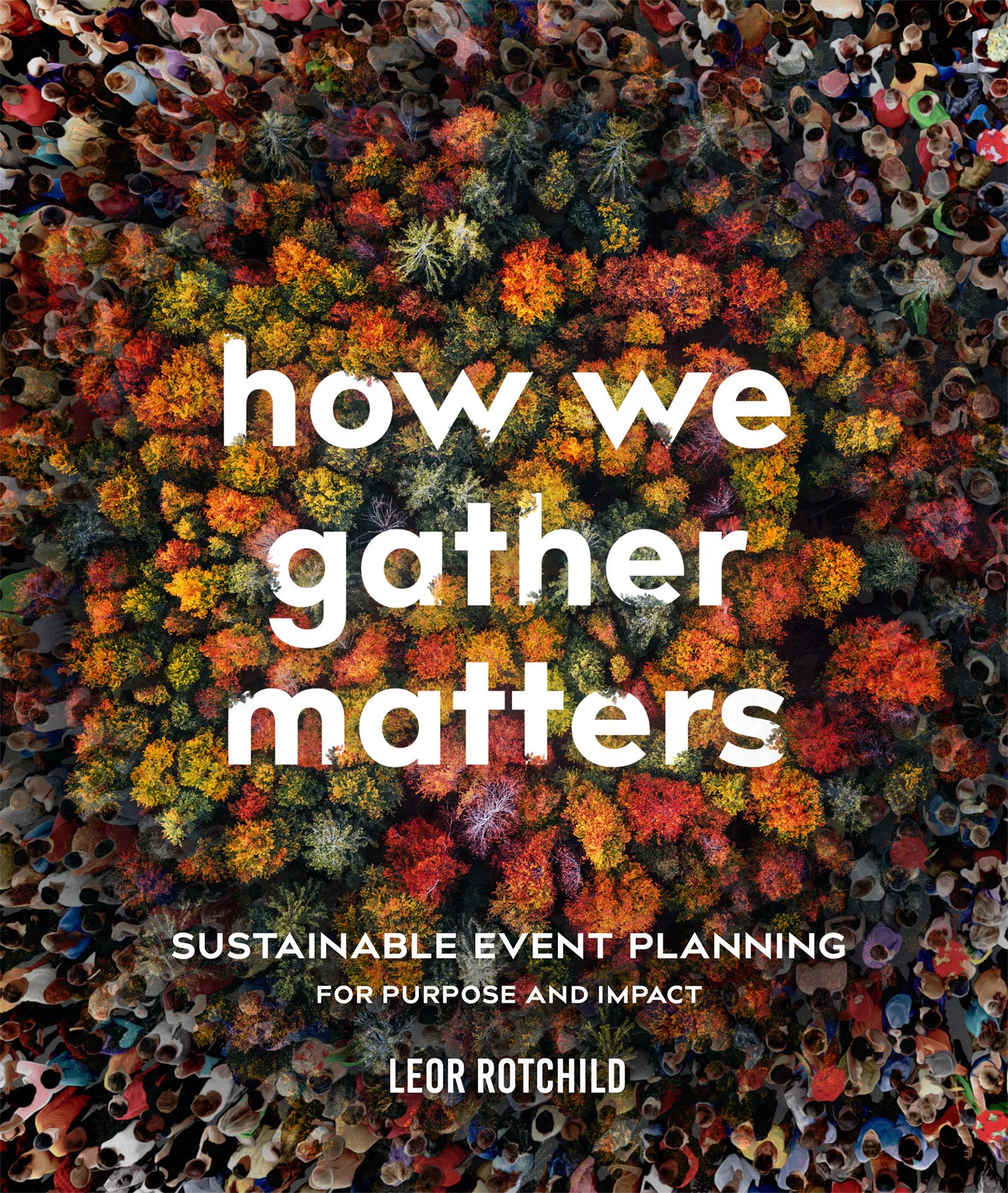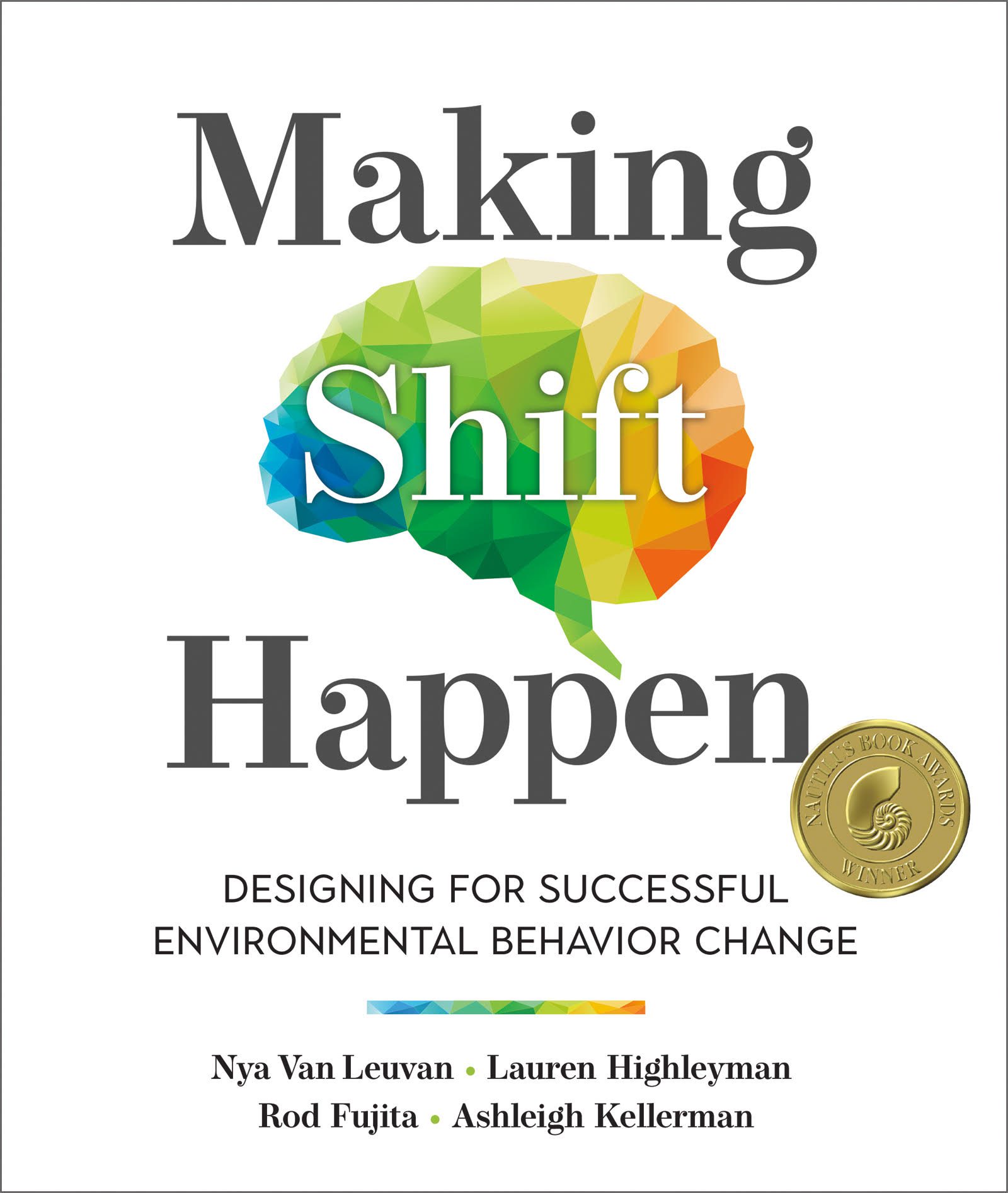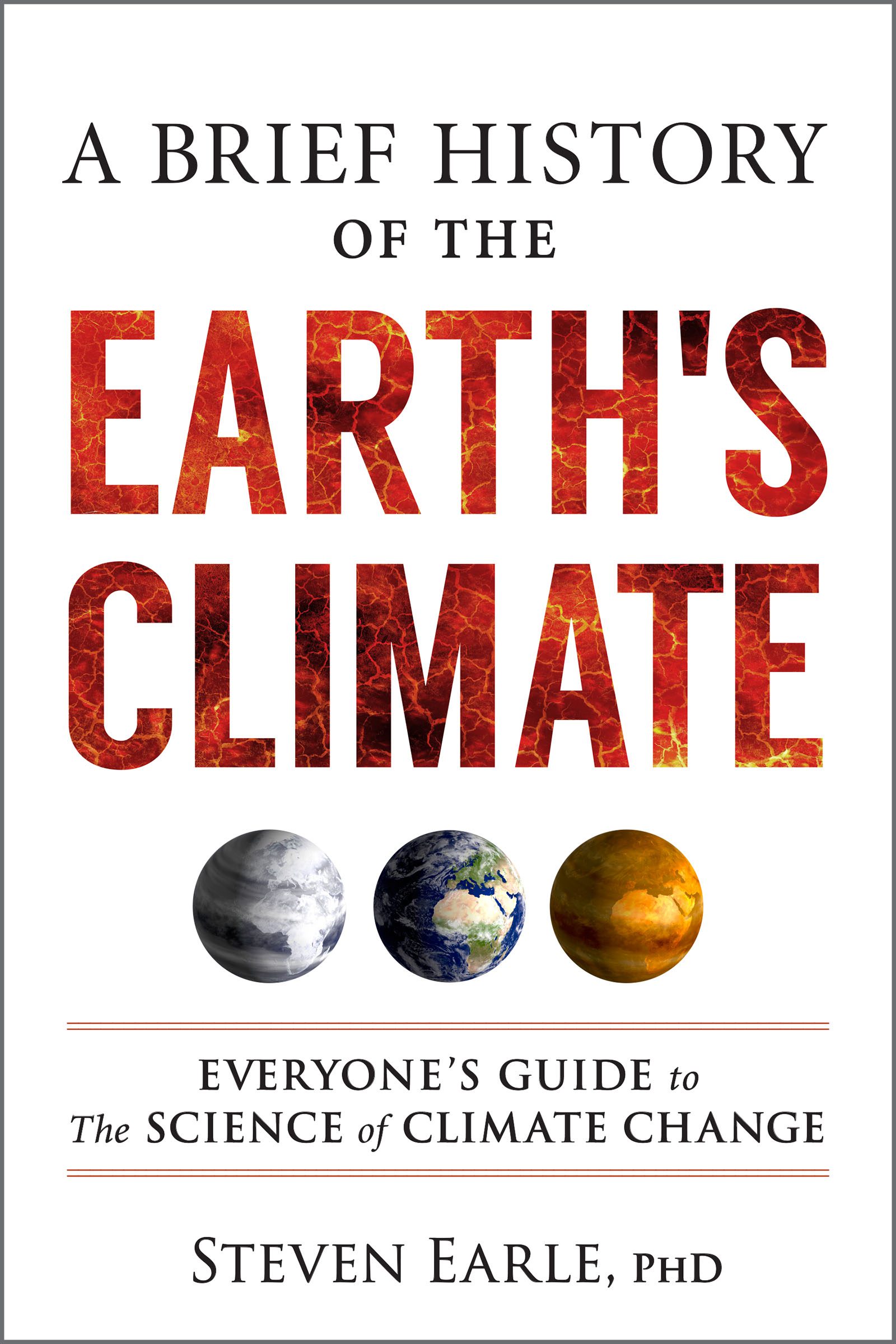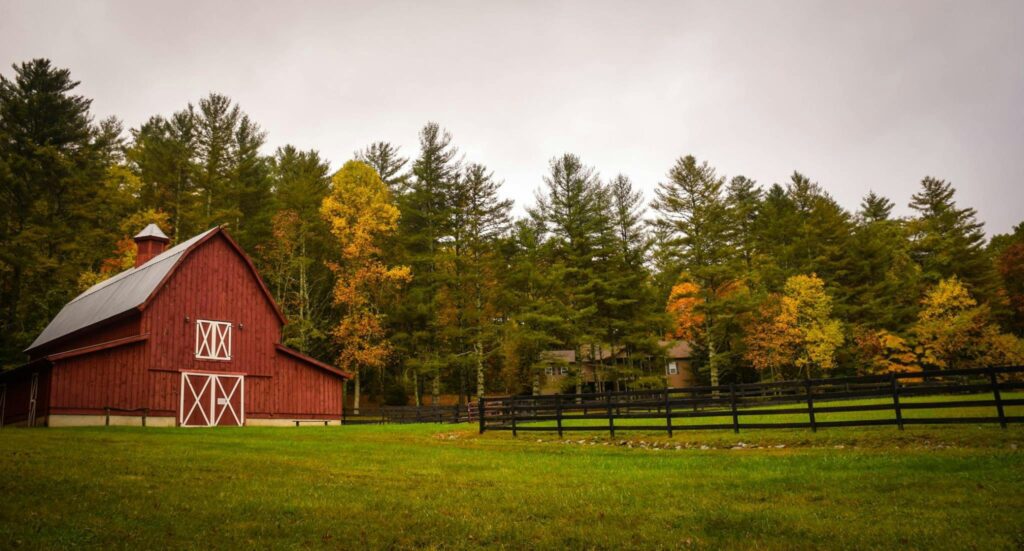
Enjoying concerts, festivals, and fairs are some of the best memory-making material. However, they can be a significant source of our personal carbon footprint. Even if you’re not someone who goes out and buys a new outfit or a bunch of plastic water bottles, there are still many factors to consider, such as, how are you getting to the venue and back home? Or, if it’s a greater distance, what type of transportation do you choose? Leor Rotchild explores how planners can make mobility more sustainable when designing their events, so that people don’t have to consider these factors. In How We Gather Matters, Leor Rotchild shows how partnering a bicycle service, Cyclepalooza, and the Calgary Stampede was a perfect match.
When Bicycles Arrived at a Cowboy Festival
The Calgary Stampede and Cyclepalooza may seem like an unlikely pair. One is a mainstream celebration of rural and agricultural ways of life, while the other is a small fledgling festival loved by urban cycling enthusiasts. However, a partnership between the two helped legitimize the fringe event and unlock a demographic for the Stampede that was previously inaccessible and determined to avoid the annual ten-day rodeo and music festival.
The Calgary Stampede is an event some people love to hate because it’s perceived to be rowdy, disruptive, wasteful, and out of touch with its cosmopolitan surroundings. When a colleague learned I was managing the Stampede’s compost program, he memorably said, “I half expected them to roll it up, stick it in a barrel, light it on fire, and shoot it out of a cannon.”

The Calgary Stampede is a one-hundred-plus-year-old event delivered with the help of more than 2,500 community volunteers. With such an event, change can take time. Their decentralized model involved numerous satellite events across the city, but for some reason, bike infrastructure was not prioritized until demand reached a pivotal peak— and then a program blazed into being.

Cyclepalooza was a complete contrast to Stampede. Widely seen as a diverse and inclusive community-based bicycle-themed festival promoting arts and culture. Not coincidentally, it overlapped the Calgary Stampede, and like the Stampede, Cyclepalooza also incorporated a decentralized model with satellite events around the city and lasted for ten days. It thrived as a sort of antiStampede and was welcomed as an alternative to ten days of twangy country music, stiff cowboy boots, and bravado. One year, the organizers aspired to promote their fledgling festival through participation in the Stampede parade, but their bikes were not welcome.
The following year, a left-leaning elected Member of the Legislative Assembly (MLA) and biking enthusiast, Dr. David Swann, decided he didn’t want to wave to the three-hundred-thousand-person Stampede crowd from a gasguzzling vintage automobile or on the back of a horse, which was customary for the kickoff parade. Swann wanted to cycle instead. The biking community was incensed when the news broke that Dr. Swann decided not to participate in the parade because his request was denied. The media coverage of the story was unkind to the Stampede.

Discouraging the use of bicycles in the parade was a misguided decision that failed to see the biking community as an influential demographic shaping the future of the city’s infrastructure. When it comes to long-term infrastructure planning, most major cosmopolitan centers are now designing around more inclusive mobility options with a lower carbon footprint
Elephant in the Room
Events certifying as “carbon neutral” that don’t account for their full value chain (including audience travel) are choosing to ignore industry best practices. They’re also opening themselves up to accusations of greenwashing.

Flying is the most environmentally damaging way to travel. Aviation is currently responsible for 3 percent of global CO2 emissions. However, as other industries decarbonize in line with some projections, and air travel continues to grow, flying could account for up to 24 percent of global emissions by 2050 unless there’s a significant technological shift.
It’s not just the CO2 pumped out from jet engines that has an impact. Other substances, including water in the form of contrails, as well as soot and nitrous oxides, all trap additional heat in our atmosphere. Transportation emissions significantly contribute to air pollution, and long-term exposure can cause chronic conditions such as cardiovascular and respiratory diseases as well as lung cancer.
Research on the US and Canadian exhibition industry uncovered that up to 85 percent of carbon emissions were generated by attendee travel. Data collected from the events industry in France over a two-year period came to a similar conclusion— even for national events where travel distances are shorter than for international events. This contributed to the decision by the government of France to ban domestic short-haul flights where train alternatives exist.












